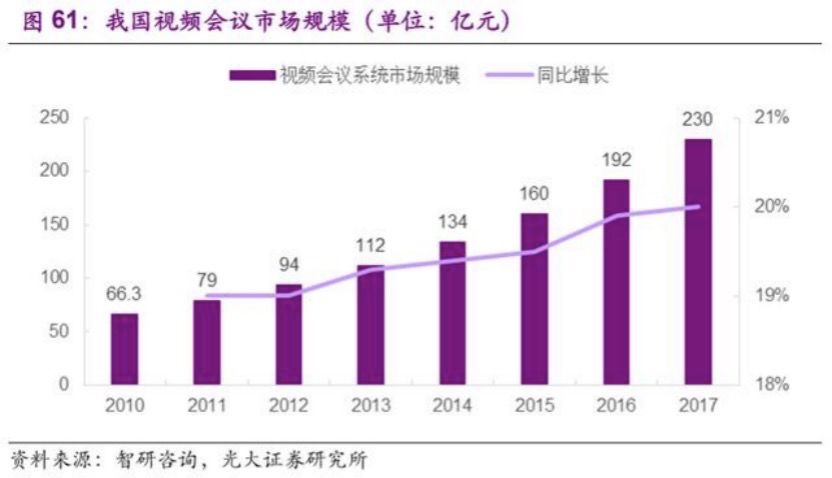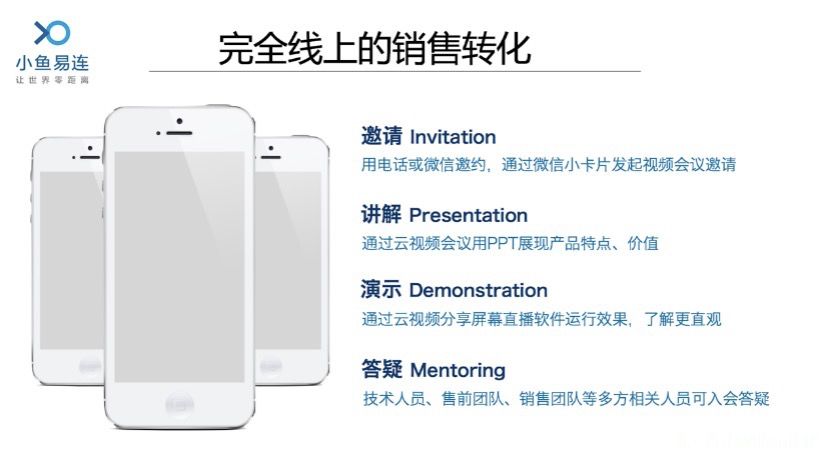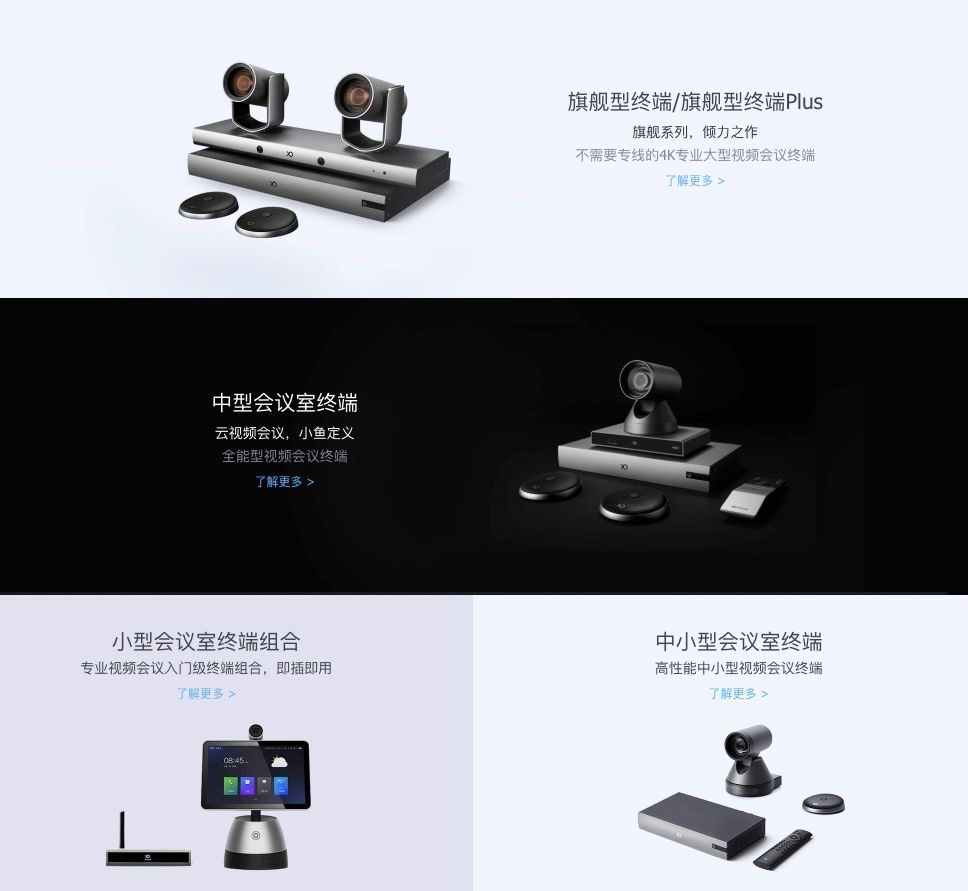Is remote office a blip or will it reshape the industrial structure?
“Have you resumed work? At home or in the office?” Starting in 2020, telecommuting has received unprecedented attention from the entire industry.
Affected by the epidemic of new crown pneumonia, starting from February 3, under the guidance of the idea of ”slowing back to work and less gathering,” enterprises across the country have launched remote offices, and home office has become a trend.
Ai Media Consulting’s remote office report data released in February this year shows that during the Spring Festival this year, there were more than 18 million domestic remote office companies and more than 300 million remote office workers. Public information shows that there are currently more than 700 million working people across the country. This means that half of China’s working population has participated in this nationwide telecommuting experiment.
At the same time, a large number of remote office tools, including Tencent Meetings, Ding Nao, and Fei Shu, have opened up free services. Remote office services face unprecedented challenges. The background pressure of the video conference platform Xiaoyu Yilian has been increasing since the first day of the new year (January 25), and demand from the government, education institutions and enterprises has begun to influx. “One day of calls during the epidemic is equivalent to the sum of one or two months last year.” Yuanyu Hui, CEO of Xiaoyu Yilian, said in an interview with the media.
But at the same time, remote office services have also been sought after by the capital market, and even remote office concept stocks have obtained more than ten daily limit boards since the market opened on February 3.
Everyone participates in the market, and the remote office seems to usher in the spring of 2020. But is telecommuting a short-lived one, or will it make great strides? Its future clearly deserves more input.

Industrial penetration is limited and potential recognized.
Undeniably, compared with developed countries, the penetration rate of China’s remote office market is still limited.
Data from the Prospective Industry Research Institute shows that in 2017, more than 80% of companies in the United States introduced a remote office system, with 30 million people working remotely from home, accounting for about 16% -19% of the total working population in the United States. And internationally, 24% of companies, especially technology companies, have introduced remote office models. In China, the penetration rate of remote office is still low. In 2014, the number of domestic remote workers was only 3.6 million.

Data source: Foresight Industry Research Institute, Mapping: China Everbright Securities Research Institute
But lower penetration also means higher market potential. Data from the Prospective Industry Research Institute show that from 2012 to 2017, the scale of China’s remote office platform market grew rapidly, with an average annual compound growth rate of 95.52%.
In addition, in China, there are also characteristics of diversified requirements for remote office services. Take teleconferencing products in telecommuting as an example. Outside commercial companies, the demand for teleconferencing from the fields of education and government affairs is also strong.
In the education industry, teachers and students in primary and secondary schools, colleges and universities, under the guidance of the “suspended and never stopped” policy, migrated the classroom to the Internet, and carried out online teaching through remote meetings or even live broadcasts. The video conference report released by Shenwan Hongyuan Securities in June 2019 shows that in the education industry, the market space for video conference services is as high as 50 billion.
In the field of government affairs, people’s courts at all levels have been promoting the construction of remote trials. As early as 2007, the Shanghai No. 1 Intermediate People’s Court attempted remote sentencing, allowing courts in both places to conduct remote trials through a network audio and video system. During the epidemic, local courts are also promoting remote video trials to achieve contactless hearings.
In the field of remote office, video conferencing services are also the focus of attention from the outside world. According to the research data of Zhiyan Consulting, in 2010, China’s video conference market size was only 6.6 billion yuan, but in 2017, this number reached 23 billion yuan, and its compound growth rate reached 19.4%.

Compared with developed countries, the penetration rate of telecommuting in China is lower, which is related to China’s corporate culture, industrial structure and industrial development level. However, it is not difficult to see from the experience of developed countries that telecommuting is becoming the general trend, and most analysts are optimistic about the future of telecommuting.
However, the era of 300 million people working remotely during the epidemic will eventually pass. In late February, the epidemic situation in most regions of China was effectively controlled, and a group of enterprises began to organize employees to return to work. A soul torture is before all companies: Do we still need to work remotely after resuming work?

Resume work is still in demand after resuming work
After experiencing a nationwide telecommuting experiment, many companies have begun to rethink the meaning of telecommuting.
If telecommuting can achieve the same productivity as office work, is there still a need for traditional office space? It is not easy to answer this question.
It is true that efficiency is the number one goal pursued by all commercial companies, but efficiency is not the only goal of an enterprise. Telecommuting may achieve high productivity, but how does telecommuting unite the team and keep employees from feeling lonely? These issues still cannot be avoided.
However, the nationwide remote office experiment triggered by the epidemic has left many enterprises with valuable experience. At least at this stage, remote office is not a complete replacement for offline office, but in some special scenarios, remote office will not only reduce work efficiency, but also save a lot of costs for the enterprise.
For example, during the epidemic, the vast majority of companies moved their interviews online—HR and job seekers no longer met, and video interviews were conducted via remote video tools.
“In terms of HR, our work pressure has actually decreased.” An Internet company HR said. Compared with offline testing, HR can avoid the cumbersome processes such as booking a conference room in online interviews. At the same time, job applicants are late and early in online interviews, and HR can schedule interviews more compact and interview efficiency It has also been improved.
In addition, online interviews have reduced the time cost of off-site job seekers. For companies, online interviews also eliminate the need to provide job seekers with travel expenses and room and board subsidies, which greatly reduces the recruitment and job search costs of companies and job seekers.
In addition to online interviews, there are also companies trying to use cloud video and other tools to achieve online customer acquisition marketing. Online, business employees can still use cloud video’s PPT sharing, audio and video functions to explain presentation documents to customers, showing the characteristics and value of the product. The pre-sale and after-sale teams and technical staff can also provide remote assistance services more conveniently and quickly, reducing the number of trips to other places and improving the efficiency of business operations.

In these scenarios, it is not difficult to see that remote office services have not only become a substitute for special times, but also are expected to become standard in future corporate office processes.
Data from Prospective Industry Research Institute on telecommuting shows that in the technology industry, enterprises and employees are more receptive to telecommuting. At present, remote office has already landed in the technology industry. From foreign to domestic, some technology companies have also set up R & D centers extensively in recent years. In China, many technology companies set up R & D centers in second-tier cities, which not only saves the labor costs of the enterprise, but also brings more jobs to the locality, achieving a win-win situation for the enterprise, the locality and the employees.
In the technology industry, with the help of a series of remote collaboration tools, it is not difficult for employees in technical posts to conduct remote office work. However, it is worth noting that no matter what industry, communication between employees is indispensable, and remote conference services are still a firm need for enterprises.

The combination of software and hardware will become the future trend of remote office
In fact, teleconferencing is not only just needed by the telecommuting industry, but also the segmented scene of the telecommuting industry that attracts the most attention.
Since the beginning of February, there has been user feedback, and a number of remote conference platforms have stalled or even crashed. The reason for these phenomena is that, on the one hand, it is difficult for the remote conference platform to withstand the sudden and explosive growth of user traffic in a short period of time, which is also a problem facing the entire industry. In the face of ten or even hundred times the growth of users, no matter how strong the platform’s technical strength is, it is inevitable that there will be stalls or even crashes in a short period of time.
On the other hand, the stutter phenomenon that some users experience in remote office, especially in remote conference scenarios, may also come from their own reasons, such as unstable network signals, limited computing of their own hardware, and limited audio and video acquisition capabilities.
Remote office report released by Ai Media Consulting in February this year shows that over 40% of surveyed users believe that remote office has the problem of relying on remote office software and being easily affected by hardware conditions. Its analysts pointed out that remote office relies heavily on the impact of software conditions and hardware equipment, and remote office platforms should focus on optimizing various functions and improving user experience.
It is not difficult to see that the integration of remote conference solutions with hardware and software is likely to be a major trend in the industry in the future.
In August 2019, the remote conference service platform Xiaoyu Yilian held a new product launch conference and released a series of video conference terminal equipment based on cloud video technology. Compared with a pure software cloud video platform, the hardware willConference services are more stable and have better user experience and security performance.

Xiaoyu Yilian’s official data shows that Xiaoyu’s cloud video transmission can achieve video screen-free under 30% packet loss, and can realize sound recognition under 80% packet loss, and supports high-definition at a minimum 512kbps bandwidth Image effect.
In terms of cost, Xiaoyu Yilian has also reduced the hardware price to the lowest. The price of its basic version solution “NE20 package” is less than 5,000 yuan, which can realize hardware-level remote conference services for many small and medium enterprises.
With the help of hardware, it is not difficult to ensure the stability and reliability of remote video conferences. Professional and stable video conference services can not only improve the efficiency of corporate meetings, but also enhance the corporate brand image. The latter is often more important in external scenarios such as remote interviews, digital marketing, and cross-company meetings.
A sudden outbreak has brought a lot of user growth to remote conference companies. But compared with the short-term user growth, retaining professional users with more professional and stable services and converting them into paying users is the top priority for remote conference companies. Pinpointing the needs of enterprises and customers and trapping core customers will also become the next growth point for all remote office companies.